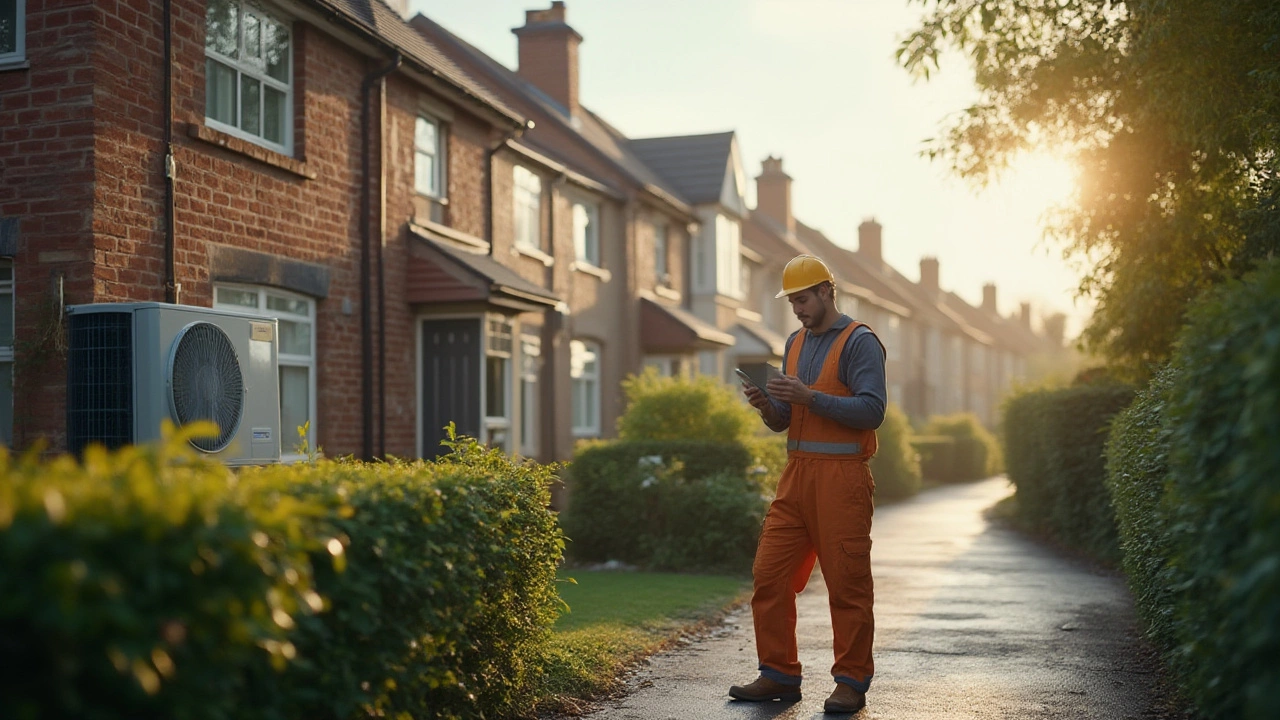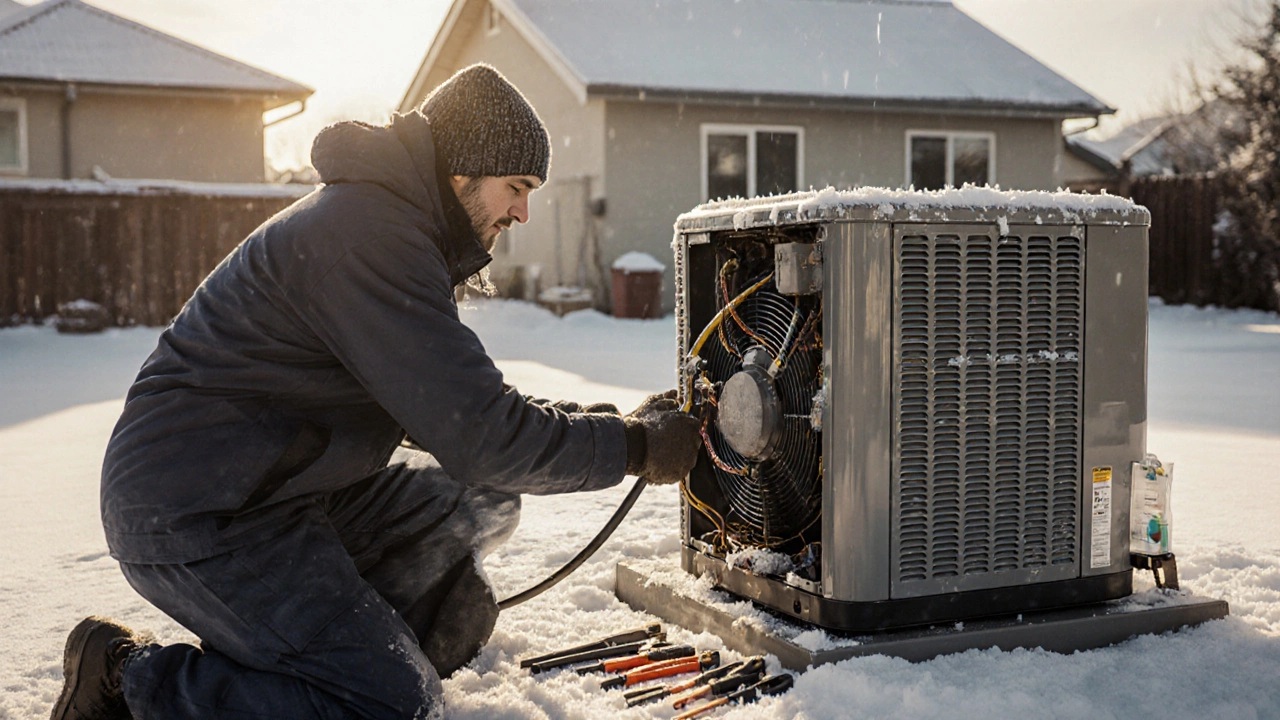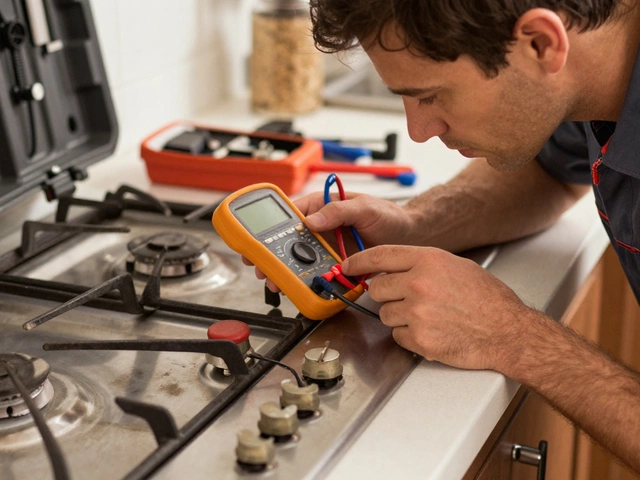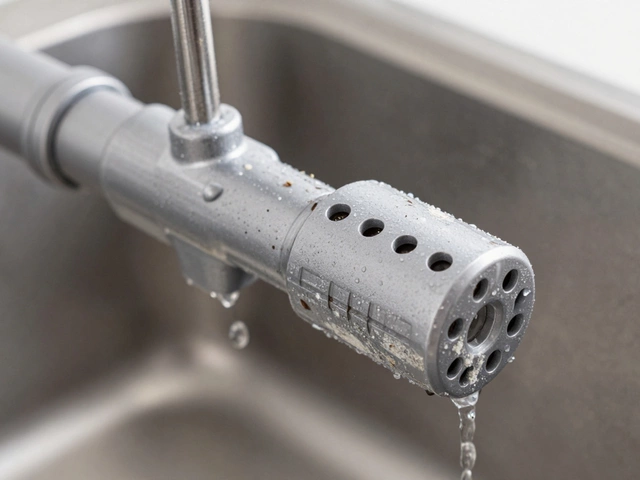If you’ve ever stood in front of your so-called “super-efficient” heat pump on a freezing winter night, only to hear it making a sound like a dying blender, you know that sinking feeling: how much is this fix going to cost? And do heat pumps really break down so much that repairs put a dent in your savings, or is the reputation overblown? With electric bills and repair prices on the rise, a lot of homeowners want straight, no-nonsense answers about just how expensive it is to fix a heat pump. Spoiler: it’s not as black and white as the brochures make it sound.
Breaking Down the Real Cost of Heat Pump Repairs
Here’s the first thing that trips people up: heat pumps aren’t anything like fixing an old gas furnace or even a fridge. They’re clever machines with more moving parts than you’d expect. They don’t just heat your home—they cool it, control humidity, and switch between modes year-round. So, naturally, there are more ways for something to go sideways.
If you’re after numbers, here’s what you need to know. According to industry data from 2024, the average heat pump repair will run you somewhere between $350 and $1,200. That’s a big range, but there’s a reason: a blown capacitor might be a quick $150 job, but replacing a compressor or a faulty reversing valve? That’ll sting—think $1,000 or more. If you end up with a refrigerant leak, you’re not just paying for the labor. Refrigerant (especially R-410A) has surged to over $100 per pound after 2023’s production cuts and environmental fees. Fact: even a small system refill can set you back $400 when you consider the technician’s callout fee.
But here’s a number that might surprise you: most common heat pump repairs hover around $350 to $550. Stuff like sensors, starters, relays—those break pretty often from simple wear and tear, but they don’t require special tools or rare parts. The big-dollar jobs are less common, but let’s get real—they do happen, especially with older units. Newer models (post-2020) with smart thermostats and variable speed motors tend to have fewer big mechanical failures, but the electronics sometimes short out and those control boards can cost upward of $800 to replace.
Don’t forget the sneaky stuff—labor. HVAC pros don’t work for peanuts, and with the post-pandemic labor shortage still lingering, rates can easily be $120 an hour or more in cities. On a complex job, you might pay double just for a tech’s time compared to simpler appliances. Parts, labor, after-hours fees—it all adds up, especially in winter or summer when demand spikes.
| Common Repair | Average Cost (2025 USD) |
|---|---|
| Capacitor Replacement | $150 - $350 |
| Compressor Replacement | $1,000 - $2,100 |
| Reversing Valve | $650 - $1,200 |
| Thermostat/Control Board | $400 - $800 |
| Refrigerant Leak Detection & Fix | $400 - $1,400 |
| Defrost Board | $350 - $600 |
But don’t let these numbers freak you out. Most systems, if they’re under ten years old and well-cared for, only need minor fixes every few years—things like cleaning sensors or unclogging condensate lines. The horror stories are usually from neglect, wild weather, or just bad luck on manufacturing defects.
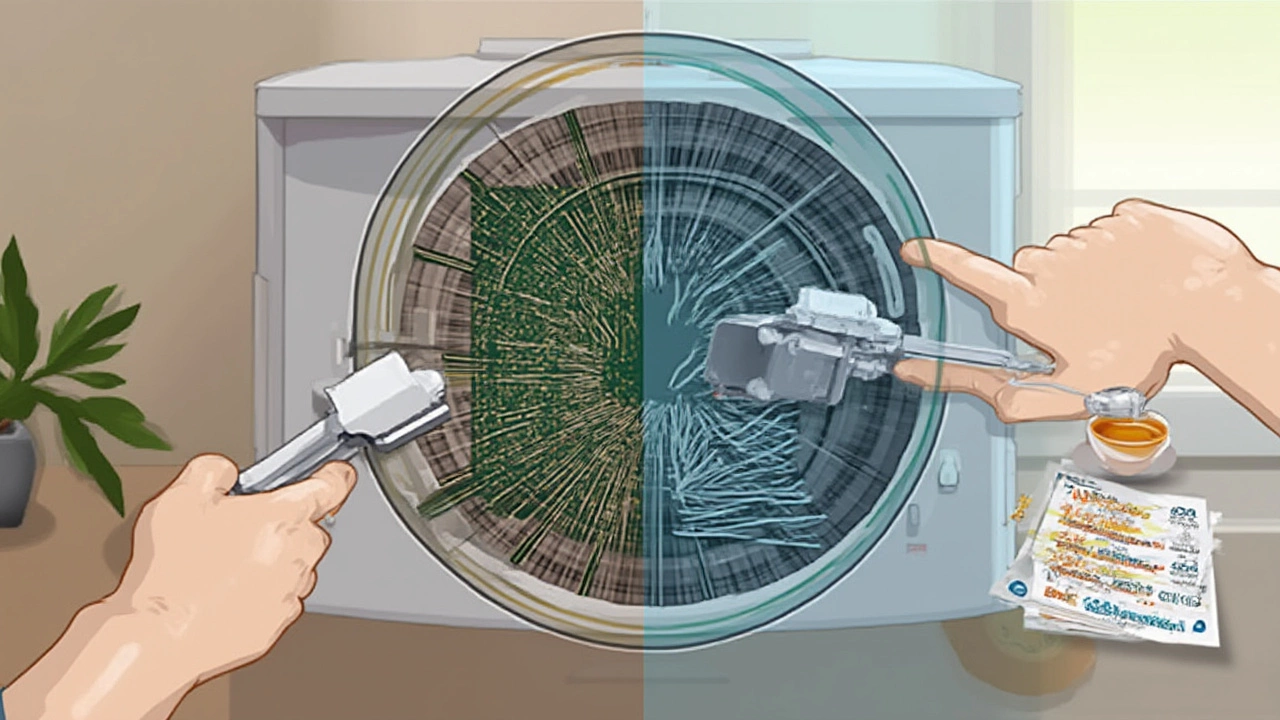
What Actually Fails on Heat Pumps?
If you ask a seasoned tech what keeps him busy all winter, it’s not the big-ticket breaks. Most of the time, it’s small electrical bits or simple clogs. Let’s get specific. The usual suspects for breakdowns:
- Capacitors and Contactors: Cheap—usually under $300 all-in. These go bad a lot, especially when it’s hottest or coldest outside. Sometimes, a fix is as simple as a new $30 part plugged in by a pro in 20 minutes.
- Refrigerant Leaks: This isn’t DIY territory. If your system’s suddenly not heating or cooling, a trickle of refrigerant is often the culprit. You need electronic sniffers, pressure gauges—the whole nine yards. Most folks see costs between $400 and $1,400 here, including recharging. And if you spring a leak often, it’s worth checking if your system is under warranty.
- Reversing Valves: These let your system switch between heating and cooling. When they stick or fail, you’ll notice your system blowing warmer or colder than it should. These are pricey—expect at least $650 up to $1,200 including labor, since it’s deep in the guts of your unit.
- Defrost Boards & Sensors: Modern heat pumps have clever defrost cycles so the outdoor coil doesn’t turn into a block of ice. When these sensors or boards quit, the system gets confused. Again, labor’s the main cost, since boards themselves aren’t always expensive. Expect $350 to $600 for typical repairs.
- Compressors: The heart of every heat pump. If yours fails, brace yourself. Replacement usually runs near $1,500 with parts and labor, sometimes more. Honestly, if your compressor dies on a 15-year-old unit, think hard about whether you want to throw good money after bad—many techs will hint that replacement is smarter long-term.
- Thermostats & Control Boards: Smart thermostats can break (though not often), but when they do, parts can get expensive fast. Older digital thermostats are cheaper to replace, usually $150–$300 all in, but fancier touchscreens or connected boards might push $800 or more.
Here’s one thing people rarely expect: dirt and neglect. Most breakdowns start as something simple—a dusty coil, a clogged drain, or leaves stuck in the fan. Those small problems snowball and put extra strain on everything else. Stats from major US maintenance firms show that around 45% of heat pump service calls could have been avoided with better cleaning or simple filter swaps. Seriously, grab a flashlight and look at your outdoor unit. A $10 filter or a ten-minute hose-off can stop hundreds in future repairs.
There’s a myth out there that heat pumps are all the same. Not true—brands like Trane, Lennox, and Mitsubishi have different quirks, and the regional climate matters a ton. In the South, most breakdowns are due to long, hot cooling cycles. Up North, freezing weather stresses the coils and sensors more. And, of course, the older the system, the harder it is to get parts cheap.

Tips for Saving Money on Heat Pump Repairs
Fixing a heat pump doesn’t have to break the bank if you’re smart. Here are proven tips that actually help, not just “call a professional”:
- Regular Filter Changes: Probably the cheapest insurance policy. Change or rinse your filters every 2-3 months, and more in allergy season. Dirty filters cause airflow problems, add strain to the blower, and can kill off other bits faster.
- Keep it Clean Outside: Don’t let leaves, snow, or pet fur clog the outdoor unit. Brush off debris, trim back bushes, and make sure there’s two feet of space around your unit. Over 40% of airflow issues come from blocked outdoor coils.
- Schedule Preventive Maintenance: Having a pro check your system in spring or fall (before peak seasons) often runs $120–$200. They’ll catch weak spots before they blow. Most reputable companies offer service plans with “front-of-line” scheduling and discounts on repairs. Worth every penny in a heat wave or cold snap.
- Watch your Thermostat Settings: Cranking the heat up and down quickly can make your system cycle more, which wears it out. Try to stick within 2-3 degrees of your usual setting. Modern smart thermostats help with this—let them do the work.
- Don’t Ignore Little Weird Noises: If you hear a clicking, buzzing, or see ice building up somewhere, don’t wait. Most major breakdowns begin with a tiny glitch. Address it early, and repairs stay cheap.
- Check Warranty Coverage: Lots of manufacturers offer 7-10 year parts warranties (but not on labor). If your unit is still covered, you might only pay labor, not for expensive guts. Always double-check your paperwork before authorizing big jobs.
- Ask Your Tech Questions: See if they’ll show you exactly what’s wrong or which part failed. Not only does this keep them honest, but it also helps you spot if the same problem crops up again so you can catch it sooner.
- Know When to Replace Instead of Repairing: If you’re dropping over $1,000 every couple years on a 12-year-old machine, start pricing replacements. Today’s heat pump repair cost makes sense for minor parts, but for bigger recurring breakdowns, a new unit can pay for itself in a few years—especially with those improved efficiency ratings (COP and SEER keep climbing) and hefty rebates still available in 2025.
So—are heat pumps expensive to fix? Sometimes, yes, especially on neglected or ancient models, or during extreme weather. But for most people, the odd $350 repair is a small price for the comfort and efficiency these systems deliver. Take care of basic maintenance and roll with the small stuff, and you’ll avoid most wallet-busting jobs. If you’re facing a big repair, always get a second quote and check your warranty status. Quick fixes and cleaner habits often make the biggest difference to your bottom line.
